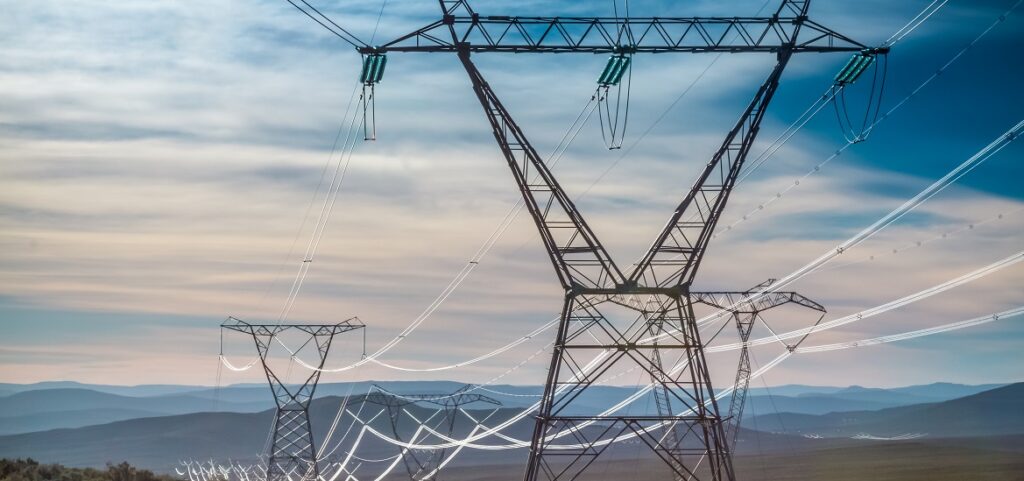
Colombia aims to undertake significant expansion of its national grid with the recent launch of tenders for transmission infrastructure enhancement. The initiative is part of the broader strategy to modernize the electrical system, integrate renewable energy sources, and improve energy reliability. It includes the construction of a 51km,, 220 kV transmission line connecting the Urrá and Urabá substations. The government has also announced plans for six major power transmission projects as part of its 2024-2028 transmission expansion roadmap. The projects aim to modernize the country’s electricity grid and support energy transition goals across nine departments. Expansion efforts are able to address grid capacity, integration of renewable energy, and improve reliability and resilience. Open tenders present opportunities for engineering firms, construction companies, and renewable energy developers to take part in energy sector transformation. Corona rings control and reduce corona discharge that causes energy losses, electromagnetic interference, and equipment degradation.
A corona ring is a crucial component in high-voltage transmission systems, including those in Colombia’s power grid expansion. Its main function is to control and reduce corona discharge. At high voltages, the electric field around conductors and insulators can ionize surrounding air, causing corona discharge. Corona rings redistribute the electric field evenly to reduce localized high-voltage stress that leads to discharge. Corona discharge causes power losses where thinner air increases corona effects. By reducing corona, they help maintain transmission efficiency for long-distance power lines like those connecting renewable energy zones. Additionally, corona can degrade ceramic and composite insulators over time, leading to failures. This is important near urban areas or sensitive installations.
Corona rings in power grid expansion in Colombia.
Corona rings are metallic toroidal structures installed at the ends of high-voltage equipment such as insulators on transmission towers, bushings in substations, and terminals of HVDC lines. Their purpose is to reduce electric field gradient and prevent corona discharge. This may cause power loss, audible noise, electromagnetic interference, and damage to insulation over time. Corona rings are essential for ensuring the performance, safety, and longevity of transmission systems. Here are the functions of corona rings used in power grid expansion in Colombia.

- High-voltage transmission lines—corona rings are vital for uniformly distributing the electric field around conductor terminals and suspension insulators. They prevent discharge that could degrade the physical infrastructure in humid altitude regions.
- Substation upgrades and construction—corona rings are installed on transformer bushings and circuit breakers to suppress local corona discharge. They ensure longer equipment lifespan and reduced maintenance costs.
- HVDC projects—Colombia proposed HVDC transmission lines that will operate at extremely high voltages and long distances. HVDC terminals use corona rings at many points to mitigate partial discharge and radio interference. They are essential for maintaining power quality and avoiding signal disruption in nearby telecommunication networks.
- Environmental benefits—corona rings function in high-voltage systems, aligning with Colombia’s energy goals. They reduce power losses, lower maintenance needs, ensure compliance with international standards, and ensure clean operation.
Potential impacts of power grid expansion in Colombia
Colombian grid expansion provides a host of strategic, economic, social, and environmental benefits. The government rolling out tenders worth $3.5 billion and focusing on long-range, high-voltage projects could lay the groundwork for a more resilient and inclusive energy system. Expansion efforts are a significant step toward a cleaner, smarter, and more fair energy future. Here are the potential key benefits of expanding Colombia’s power grid.

- Improved energy access—expanding the grid allows more households to connect to the national electricity network, reduces reliance on diesel generators, and provides a foundation for economic development in underserved communities.
- Renewable energy integration—grid expansion connects remote renewable energy projects to urban demand centers, reduces dependency on hydroelectricity, and supports Colombia’s commitment to a zero-emissions future.
- Grid reliability and resilience—a modernized power grid is resistant to equipment failures, voltage instability, and natural disasters. New infrastructure includes smart grid technologies, redundant pathways, and automated substations to increase system stability.
- Enhanced regional connectivity—expanded infrastructure strengthens interconnection with neighboring countries. This enables cross-border energy trading, emergency backup power sharing, and better integration into the energy market.
- Support for Colombia’s energy transition goals—grid expansion is crucial in electrifying transport, supporting new technologies, and meeting national decarbonization targets.